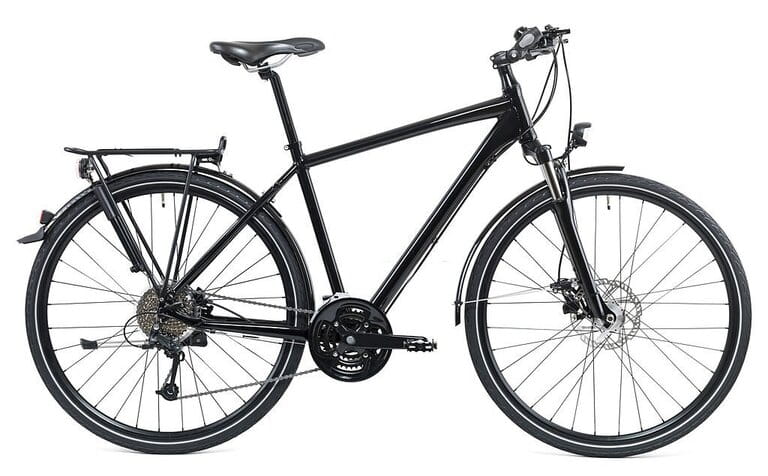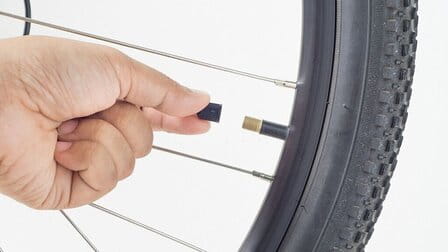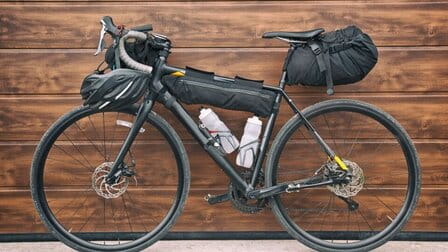Greetings, fellow cycling enthusiasts! If you're looking to enhance your cycling experience, understanding and mastering your bike's gears is a crucial step. Whether you're a novice cyclist seeking to grasp the basics or a seasoned rider aiming to fine-tune your gear setup, you've come to the right place. In this comprehensive guide, we'll delve deep into the world of bike gears, covering everything from gear terminology to gear setup and maintenance. So, gear up (pun intended), and let's embark on a journey to demystify bike gears and take your cycling to new heights.
The Significance of Bike Gears
Before we dive into the intricacies of bike gears, it's essential to appreciate their vital role in your cycling experience:
1. Efficient Pedaling:
Gears allow you to adjust your bike's resistance, enabling efficient pedaling. They help you tackle everything from steep climbs to swift descents with ease.
2. Speed Control:
Gears provide control over your speed. Whether you need to accelerate quickly or maintain a steady pace, your gears are your best allies.
3. Terrain Adaptability:
Different terrains demand different levels of resistance. Gears allow you to adapt to varying landscapes, ensuring you can conquer hills and plains alike.
4. Reduced Fatigue:
Using the right gears at the right time reduces strain on your muscles, minimizing fatigue during long rides.

The Basics: Gear Terminology
Before we dive into gear setup and maintenance, let's get acquainted with some fundamental gear terminology:
1. Gear Ratios:
The ratio of the number of teeth on the front chainring (attached to your pedals) to the number of teeth on the rear cassette (attached to your rear wheel) determines your gear ratio. A higher ratio provides more speed, while a lower ratio offers more power.
2. Front Derailleur:
This is the mechanism that moves the chain between the different chainrings on your bike's crankset.
3. Rear Derailleur:
The rear derailleur shifts the chain across the rear cassette, changing gears on the rear wheel.
4. Shifters:
These are the levers or buttons on your handlebars that you use to change gears. There are typically two sets: one for the front derailleur and one for the rear.
Now that we've covered the basics, let's proceed to the practical aspects of setting up and maintaining your bike gears.

Setting Up Your Bike Gears: Step by Step
Proper gear setup is crucial for a smooth and efficient ride. Here's a step-by-step guide to get your bike gears dialed in:
1. Visual Inspection:
Start by visually inspecting your drivetrain, including the chain, chainrings, cassette, and derailleurs. Look for signs of wear, damage, or debris.
2. Cable Tension:
Ensure that the cables connecting your shifters to the derailleurs have appropriate tension. If they are loose or frayed, they may need to be replaced.
3. Limit Screws:
Locate the limit screws on your derailleurs. These screws control the lateral movement of the derailleur. Adjust them to ensure the chain doesn't shift too far and fall off the chainrings or cassette.
4. Indexing:
Indexing involves adjusting the alignment of the derailleurs with the cassette's cogs or the chainrings. Use your shifters to move the chain through all gears, ensuring smooth transitions.
5. Cable Tension Adjustment:
Fine-tune the cable tension to eliminate any hesitation or ghost shifting. This step requires patience and precision.
6. Test Ride:
Take your bike for a test ride to ensure the gears shift smoothly and accurately. Pay attention to gear changes under load, such as when climbing hills.

Maintenance Tips for Optimal Gear Performance
Maintaining your bike gears is essential for long-term performance. Here are some maintenance tips to keep them running smoothly:
1. Regular Cleaning:
Clean your chain and drivetrain regularly to remove dirt and debris. A clean chain shifts more smoothly and lasts longer.
2. Lubrication:
Apply chain lube to your chain to reduce friction and wear. Wipe off excess lube to prevent attracting more dirt.
3. Check for Chain Wear:
Use a chain wear indicator tool to check for chain stretch. A worn-out chain can lead to poor shifting and premature cassette wear.
4. Inspect Cables:
Check the condition of your gear cables. Replace them if they are frayed or damaged.
5. Maintain Proper Chain Tension:
Ensure that your rear derailleur's jockey wheel maintains proper tension on the chain. A loose jockey wheel can lead to chain slippage.
6. Seek Professional Help:
If you encounter complex gear issues or lack the necessary tools and expertise, consult a professional bike mechanic for assistance.

Conclusion
Congratulations! You've unlocked the secrets of bike gears. By understanding their importance, mastering gear terminology, and following our setup and maintenance guide, you're well-equipped to enjoy smoother, more efficient rides. Properly tuned gears enhance your cycling experience, whether you're conquering challenging terrain, cruising through city streets, or embarking on epic adventures.
So, gear up (again, pun intended), hit the road, and enjoy the world of cycling with the confidence that your bike gears are your loyal allies. Happy cycling!













